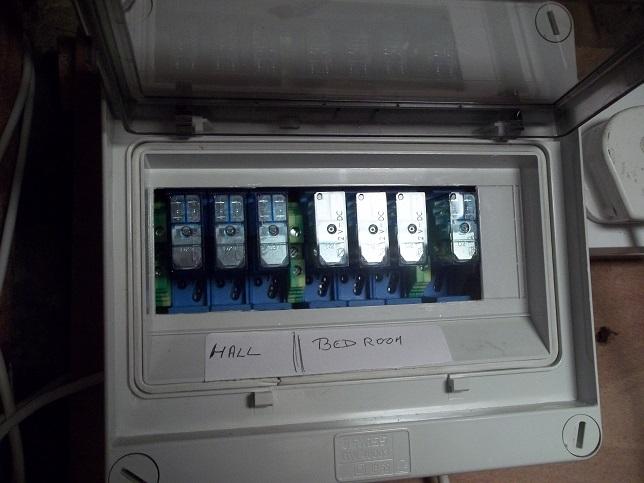I'm currently in the process of renovating my house and planning on adding automation. The initial automation piece will be the lighting circuit. I don't want to buy in a custom instal as I'm planning to add more devices and circuits to this system. I've already coded (some of) the software and designed the hardware circuitry.
My concern are the electrical circuit. The plan is to have an consumer unit (breaker) which will feed on to a relay controlled via an micro controller. I've decided on buying an industrial consumer unit allowing me to mount the relays in but is this acceptable (in the UK) or is it possible to buy in an consumer unit with the relays already built in?
Any advice is really appreciated.
Thanks
My concern are the electrical circuit. The plan is to have an consumer unit (breaker) which will feed on to a relay controlled via an micro controller. I've decided on buying an industrial consumer unit allowing me to mount the relays in but is this acceptable (in the UK) or is it possible to buy in an consumer unit with the relays already built in?
Any advice is really appreciated.
Thanks






